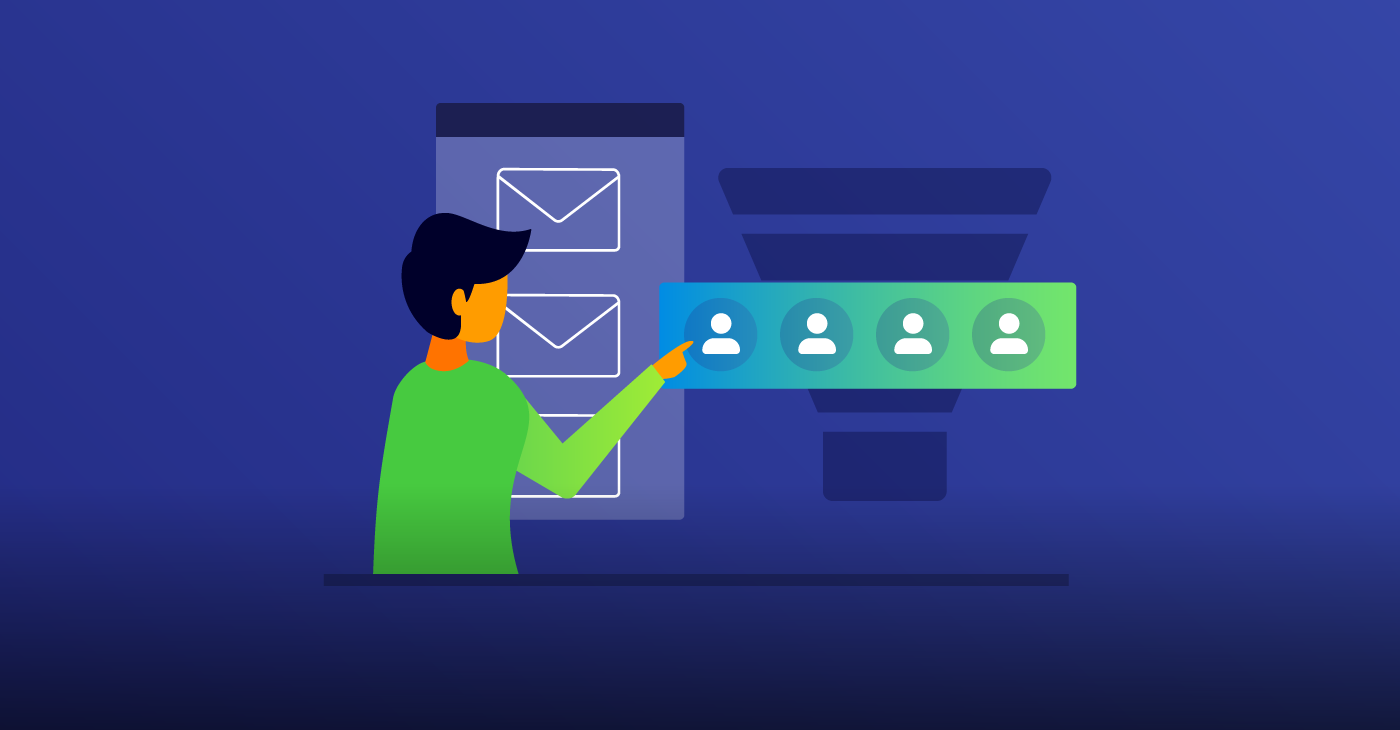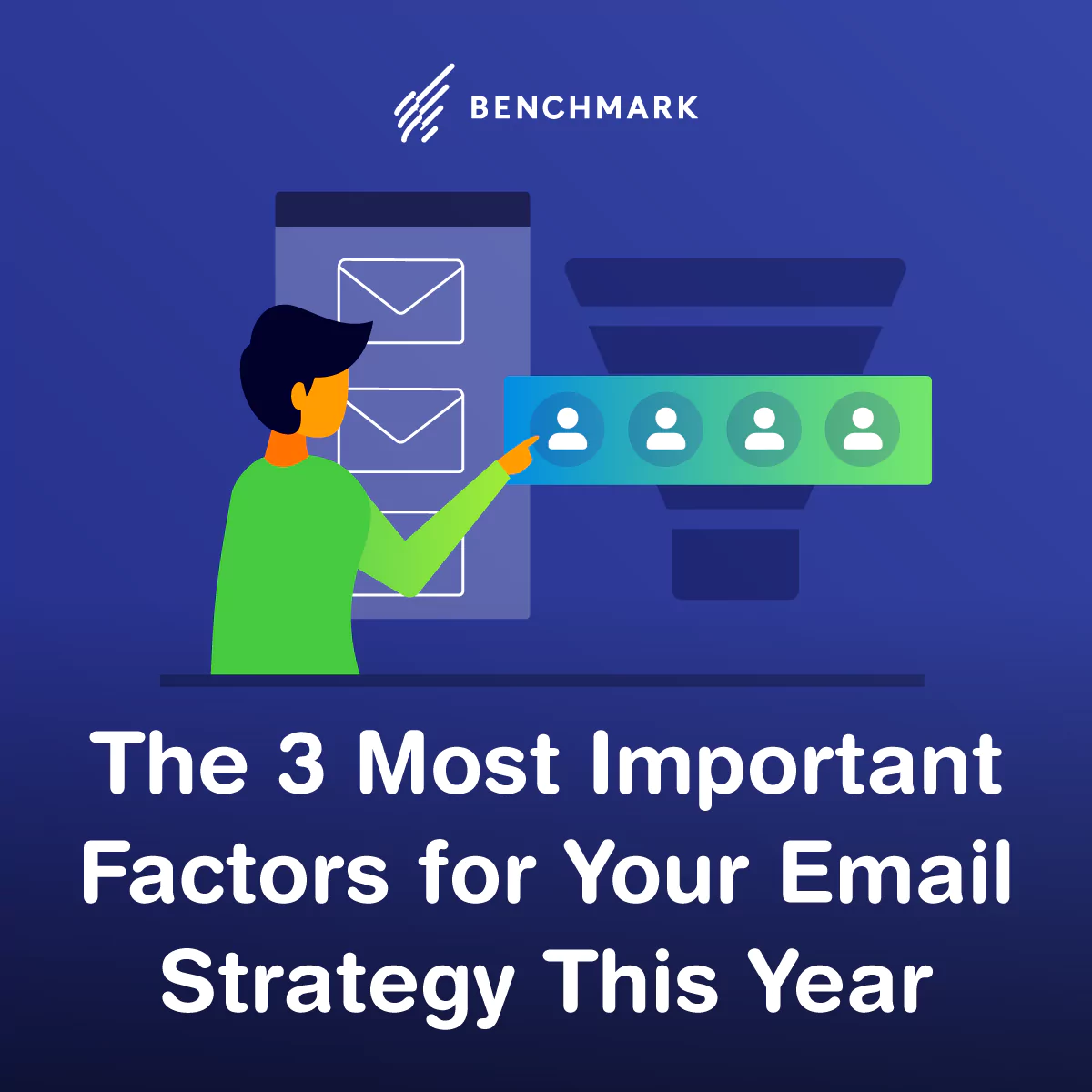The Three Most Important Factors for Your Email Strategy This Year
June 4, 2020 4 min read

According to HubSpot’s email marketing report, email marketing spend, and engagement is growing — which probably isn’t much of a surprise. Over the past year, 78% of marketers have seen an increase in email engagement, and ROI has skyrocketed. For every dollar spent on email marketing, $42 is earned. Impressive.
What all of these statistics tell us is that investing in an email marketing strategy has never mattered more. For most marketers, if they haven’t already increased spending on email marketing, they’re about to. And that means that you’ll need to prioritize it if you want to keep up.
When it comes to maximizing the engagement and ROI of your emails, there’s more to it than just writing some copy, hitting send, and calling it a day. So this year, commit to focusing on the facets of email marketing that drive the most successful outcomes: integration, segmentation, and experimentation. Here’s how to do it.
Integration
What it means: Integration in email marketing refers to making your emails a fully formed part of a comprehensive marketing strategy. Too often, we silo our efforts and expect them to work separately toward a larger objective. This is why integration is so important and valuable. When you target the use of email marketing to specific, overarching marketing goals, you lend more purpose to your efforts and devise a clearer picture of what you’re trying to achieve. You’ll get a clearer view of the data, which, in turn, better guides your work.
How to make it part of your strategy: Successful integration requires the right intention and the right tools. You need to consciously integrate your emails with your other marketing endeavors, not just in terms of campaign messaging, but also in analytics and content. A marketing automation tool will be a major advantage in doing this — and probably even a necessity. Find a tool that combines all of the data from all your channels — emails included — and then work on integrating content and messaging on your end.
Segmentation
What it means: We can’t stress enough the importance of segmenting your audience for more impactful email marketing. Segmentation means targeting certain subsets of your audience with content that is specifically geared toward driving them further along the funnel. Sometimes segmentation is based on where someone is in the buyer’s journey. Other times, it’s based on their behaviors. Or, sometimes, it’s both. It’s all driven toward more personalized emails and improved lead nurturing, and it’s way more effective than just sending out mass emails and hoping the right people see it.
How to make it part of your strategy: Once again, the answer is automation. A good marketing automation tool will take all of the efforts out of segmenting your contact list, automatically placing recipients’ email addresses in certain lists depending on their past and present behaviors. Your job then will just be to choose the right content and calls to action to address each contact list so that you’re appropriately targeting the best outcomes.
Experimentation
What it means: When we experiment, we grow. This is as true in marketing as it is in life, and you have to be willing to push both your boundaries and the boundaries of the industry if you want to keep ahead of the curve. Experimentation is all about refusing to get stuck in a rut. And not only does it keep your recipients engaged and excited about your emails, but it’s also a great way to test and compare new ideas to see what tracks.
How to make it part of your strategy: It’s simple: try new things! From your template to your timing, and everything in between, there’s always room to experiment and shake things up. Add images and videos, create long-running email series, play around with interactive emails and surveys, and so on. Mix up the essentials too, such as how you phrase your subject lines, whether your CTA has an associated image or not, and who you list as your sender. Even a small change can make a big difference in how your emails perform — you just have to be willing to try out those changes in the first place.
An important thing to keep in mind is that just as email marketing is becoming an integral part of the digital marketing arena, it’s also constantly evolving in terms of best practices. If it seems like there’s always going to be more to do and more to learn, there probably is. Tackling these three things now will get you a step ahead and will put you in a better position in the long term, particularly when it comes to marketing automation.







